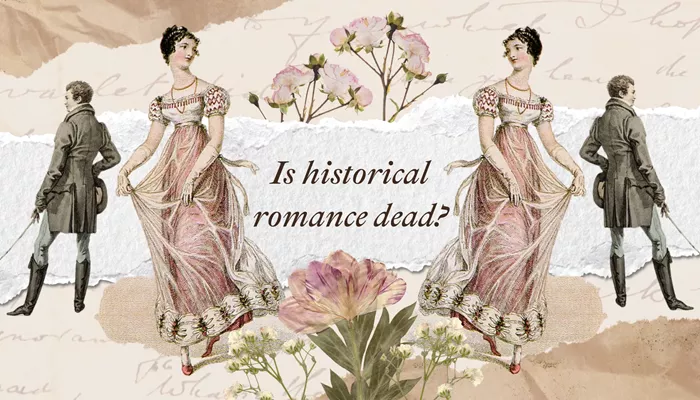While pitching my Golden Age-inspired mystery novel to a literary agent, I was met with a comment that piqued my curiosity. “Well of course, we don’t do this kind of middlebrow stuff,” the agent remarked. As the author of an academic work on middlebrow fiction, I found myself both offended and intrigued. The remark implied that middlebrow fiction was somehow beneath him, yet I had never considered mystery fiction to be middlebrow. I had always thought of it as genre fiction. What did he mean by that?
The term “middlebrow” gained prominence in the 1920s in the UK, during what was known as the “Battle of the Brows,” and again in the 1950s in the United States. Its use as a derogatory term stems from its portrayal of a double lie. On one hand, like popular or mass culture, middlebrow fiction often presents a world that is falsely idealized—one that seems beautiful, just, and conducive to human flourishing. On the other hand, unlike mass culture, which openly embraces wish-fulfillment fantasy (think of romance novels), middlebrow culture pretends to reflect reality, offering an illusion of truth. By adopting stylistic elements from high culture, it misleads its audience into thinking it is presenting an authentic picture of the world. As Dwight Macdonald, the author of the influential 1960 polemic Masscult and Midcult, argued: “Let the masses have their Masscult, let the few who care about good writing, painting, music, architecture, philosophy, etc., have their High Culture, and don’t fuzz up the distinction with Midcult.” This blurring of the line between high and low culture is what makes middlebrow culture so problematic.
So, was my novel guilty of this? Perhaps, yes. I certainly borrow stylistic devices and themes from high culture. Like other recent detective novels—such as Magpie Murders by Anthony Horowitz, Eight Detectives by Alex Pavesi, and Death at the Sign of the Rook by Kate Atkinson—my novel is self-aware of its genre, frequently referencing the traditions of mystery fiction, particularly Agatha Christie. This self-awareness could be seen as a more accessible, or middlebrow, version of postmodernism’s high-cultural tendency to play with self-referentiality. At the same time, like most detective novels, my story follows a somewhat formulaic structure in which the world is ultimately depicted as just—the murderer is caught and punished, and order is restored. So, perhaps it does lean toward the middlebrow after all.
Self-referentiality, however, has long been a hallmark of detective fiction. Classic Golden Age novels often reveal themselves as clever puzzles, rather than realistic depictions of the world. Characters frequently comment on how events seem to mirror those of a detective story, and one of John Dickson Carr’s novels, The Hollow Man (1935), features a detective who acknowledges that he is a character in a book.
Moreover, there is some scholarly precedent for considering Golden Age detective novels as middlebrow. Critic Melissa Schaub, for instance, has written a monograph that defines “classic British detective fiction” as middlebrow. Others have referred to Agatha Christie as the “queen of the middlebrows.” Even Raymond Chandler’s famous critique of the Golden Age, The Simple Art of Murder, has been interpreted as an anti-middlebrow essay. Chandler’s hard-boiled style, which presents a grittier, more realistic depiction of crime, stands in stark contrast to the sanitized, genteel version of murder seen in the works of Golden Age writers.
Given these observations, it seems plausible to label detective novels as middlebrow. The genre’s combination of high-cultural tropes and formulaic structures, along with its tendency to depict a world that is ultimately just and ordered, fits squarely within the middlebrow tradition. Perhaps, in the end, my novel does belong to that very category.

